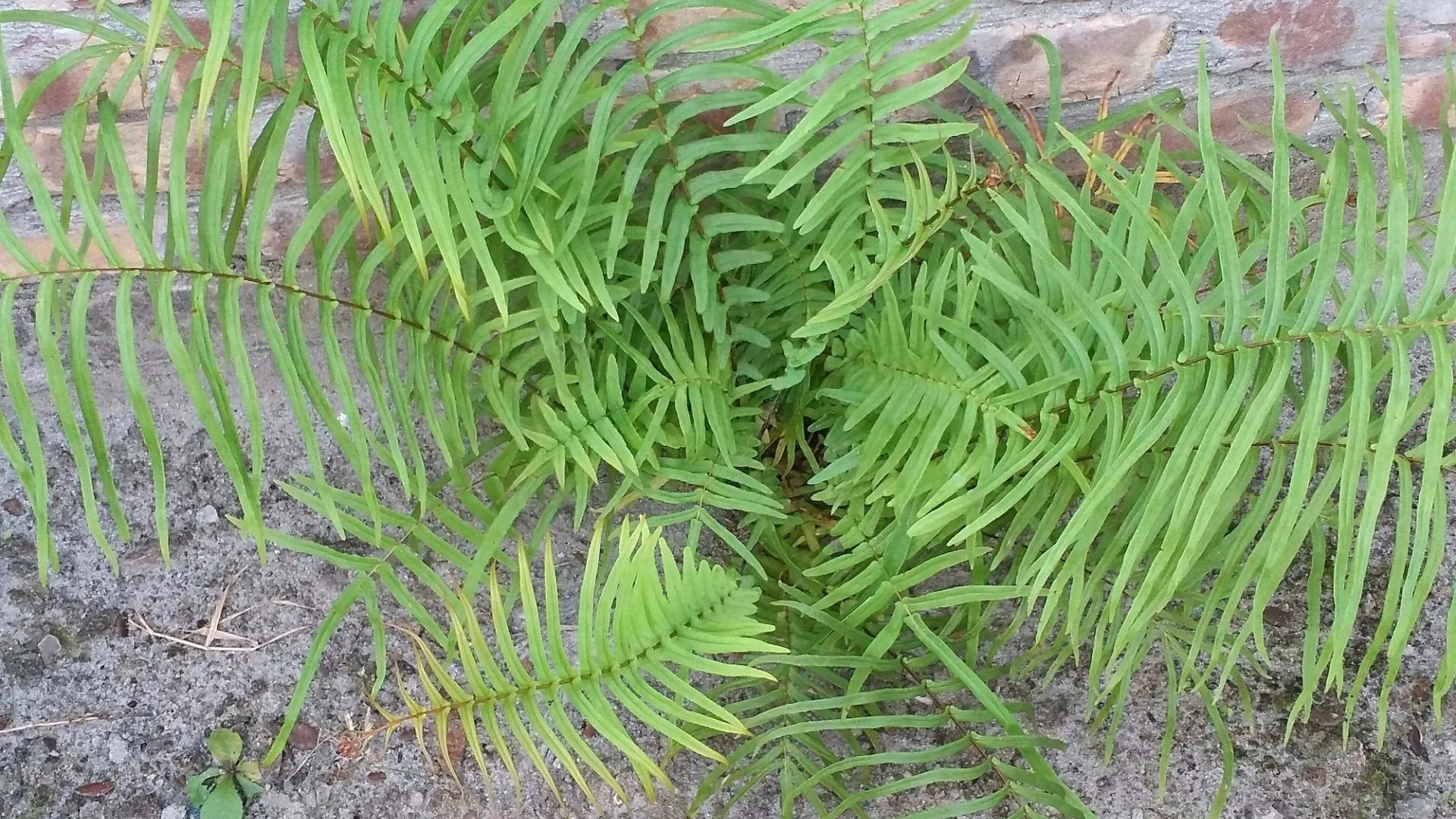Copyright Interesting Engineering

A Chinese-led team of scientists has made a world-first discovery, identifying a naturally formed mineral containing rare earth elements (REEs) inside a living plant. The researchers found nanoscale monazite, a valuable mineral, crystallised within the tissues of an evergreen fern named Blechnum orientale. According to a statement from the Guangzhou Institute of Geochemistry, an institution involved in the study, this “opens new possibilities for the direct recovery of functional rare earth element materials.” “This discovery not only sheds light on REE enrichment and sequestration during chemical and biological weathering but also opens new possibilities for the direct recovery of functional REE materials,” said the researchers in a new study. Formation under ambient conditions Monazite is a phosphate mineral rich in REEs such as cerium, lanthanum, and neodymium. These elements are critical for modern technology. The mineral itself is highly valued for its mechanical, physical, and thermal properties. It has a high melting point and offers resistance to corrosion and radiation damage, making it suitable for applications in coatings, lasers, light emitters, ionic conductors, and radioactive waste management. What makes the discovery significant is the manner in which the mineral was formed. Typically, monazite forms geologically under high pressure and at temperatures of hundreds of degrees Fahrenheit. The scientists noted that this study demonstrates plants can facilitate its mineralisation under ambient, Earth-surface conditions. This biological process “substantiates the feasibility of phytomining,” the team wrote in the peer-reviewed journal Environmental Science & Technology. Phytomining is a green strategy that uses “hyperaccumulator” plants to extract metals from the ground. These plants are capable of concentrating heavy metals in their tissues at levels hundreds to thousands of times higher than the surrounding soil. The strategy involves cultivating these plants on metal-rich soils and later recovering the target metals from the harvested biomass. The researchers explained this approach “reduces reliance on conventional mining while mitigating associated environmental and geopolitical risks.” Mechanism behind mineral’s formation The study, a collaboration between the Guangzhou Institute of Geochemistry (under the Chinese Academy of Sciences) and Virginia Tech in the United States, also detailed the mechanism behind the mineral’s formation. For the study, the team collected plant and soil samples from rare earth deposits in Guangzhou, China. Analysis showed the REEs were most concentrated in the fern’s pinna (leaflets). The paper states the minerals crystallise within the plant’s extracellular tissues—outside the cells—to prevent non-nutrient elements from entering and to serve as a detoxification method. The researchers described this as a “self-organising nonequilibrium process” similar to a “chemical garden.” “To our knowledge, this is the earliest reported occurrence of rare earth elements crystallising into a mineral phase within a hyperaccumulator,” the team stated, as reported by SCMP. The Guangzhou Institute of Geochemistry said the study offers “a new path for the sustainable use of rare earth resources,” which could lead to a “green circular model” of “remediation and recycling at the same time.”



